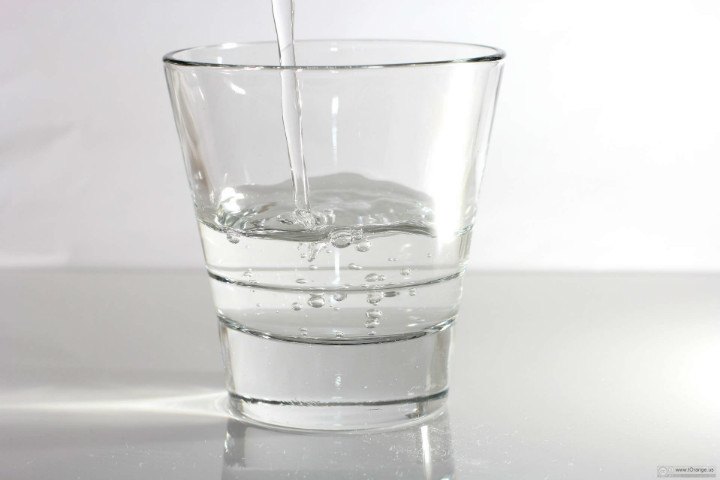What is White Oil?
White oil refers to a special class of mineral oil which is colorless, odorless, and tasteless. As the name suggests, it has a pure white appearance which differentiates it from other grades of mineral oils that may have a yellow or brown tint. White oil is a highly refined product derived from petroleum through a process of distillation and subsequent treatments that remove possible impurities, waxes, and unwanted chemical components. This refined composition gives white oil several desirable properties and makes it suitable for various applications.
Composition and Properties
White oil is mainly comprised of saturated hydrocarbons that are chemically stable and non-reactive. Due to the absence of double bonds and aromatic rings in its molecular structure, white oil has excellent oxidation stability and resistance to degradation even under high temperatures. It remains neutral at a wide range of pH levels without causing any irritation to the skin or other tissues it contacts. Other key properties that have made white oil popular for use include its odorless and tasteless nature along with good color retention capabilities. White oil also has good spreading characteristics while feeling lightweight on application. All these physicochemical traits lend White Oil high versitility across industries.
Uses in Personal Care
The non-irritating and skin-compatible nature of white oil makes it suitable for use in many personal care products. As a base oil, it is used extensively in the formulation of fragrances, skin creams, lotions, makeup items like lipsticks, baby oils and other baby care products. Due to its resistance to oxidation, white oil serves as an effective preservative base for extending shelf life. In cosmetic emulsions, it helps provide a smooth, silky feel and protects the other active ingredients from degradation. Some other personal care applications include use as a carrier for insect repellents and a lubricant base in shaving products.
Pharmaceutical and Medical Uses
The high degree of purity and consistency of white oil has led to its widespread use in the pharmaceutical industry as an excipient or inactive ingredient in various oral and topical drug formulations. It is commonly used as a solubilizing agent and ointment base in creams, gels and lotions meant for skin treatment. White oil also serves as an emollient and soothing base for medicated shampoos, balms and salves. Other medical uses involve its use as a lubricant in suppositories as well as a cleansing agent in medicated soaps. The non-greasy feel and skin compatibility have established white oil as a safe vehicle for drug delivery.
Industrial Applications
Besides the personal care and pharmaceutical sectors, white oil derived from petroleum has found use in diverse industrial applications as well. As a lubricant, it is used for greasing machinery components, heavy equipment, and metal processing tools due to its resistance to oxidation even under heavy loads. White oil acts as a releasing agent in metal casting operations and fiberglass production to prevent stickiness. In plastic and rubber manufacturing, it is utilized as a softener and pigment dispersant. Other areas of industrial use involve its employment as a cleaning solvent, hydraulic fluid, electrical insulation fluid and insecticide base. Certain properties like color retention and water displacement have enabled white oil’s use as a corrosion preventive on electrical equipment too.
Food Grade Variants
Special food additive grade variants of White Oil have been developed to ensure safety for direct or indirect food contact based on international food safety regulations. These food approved white oil types are denoted by definitions like USP/BP (U.S. Pharmacopoeia/British Pharmacopoeia), NF (National Formulary) and FCC (Food Chemical Codex) to ascertain their purity for edible applications. Typical food uses entail their usage as a lubricant- release agent in baking processes and as a coating on candies, nuts and snacks to prevent sticking. In the beverage industry as well, it is used for preventing foaming and as a cold seal coating on bottle caps.
Regulations and Quality Considerations
To ensure acceptable quality levels commensurate with different application purposes, white oil production is regulated according to international purity standards. Key quality parameters evaluated are absence of polycyclic aromatic hydrocarbons (PAHs), color, odor, impurities and a highly aliphatic saturated hydrocarbon content (>98%). Certain grades meant for topical and oral uses need to satisfy more stringent medicinal purity specifications. Proper quality control procedures like molecular distillation, caustic washing and surfacetreatment help consistently deliver chemically inert, colorless and bland white oil suitable for a broad spectrum of usage.
White oil’s refined composition imparting neutrality, stability, spreadability and skin compatibility have made it a reliable base oil for use across personal care products, pharmaceutical formulations and industrial applications. With its wide availability and cost-effectiveness, white oil is set to remain an important commodity chemical finding various applications. Continuous quality enhancements further reinforce its position and versatility for the future.
*Note:
1. Source: Coherent Market Insights, Public sources, Desk research
2. We have leveraged AI tools to mine information and compile it



